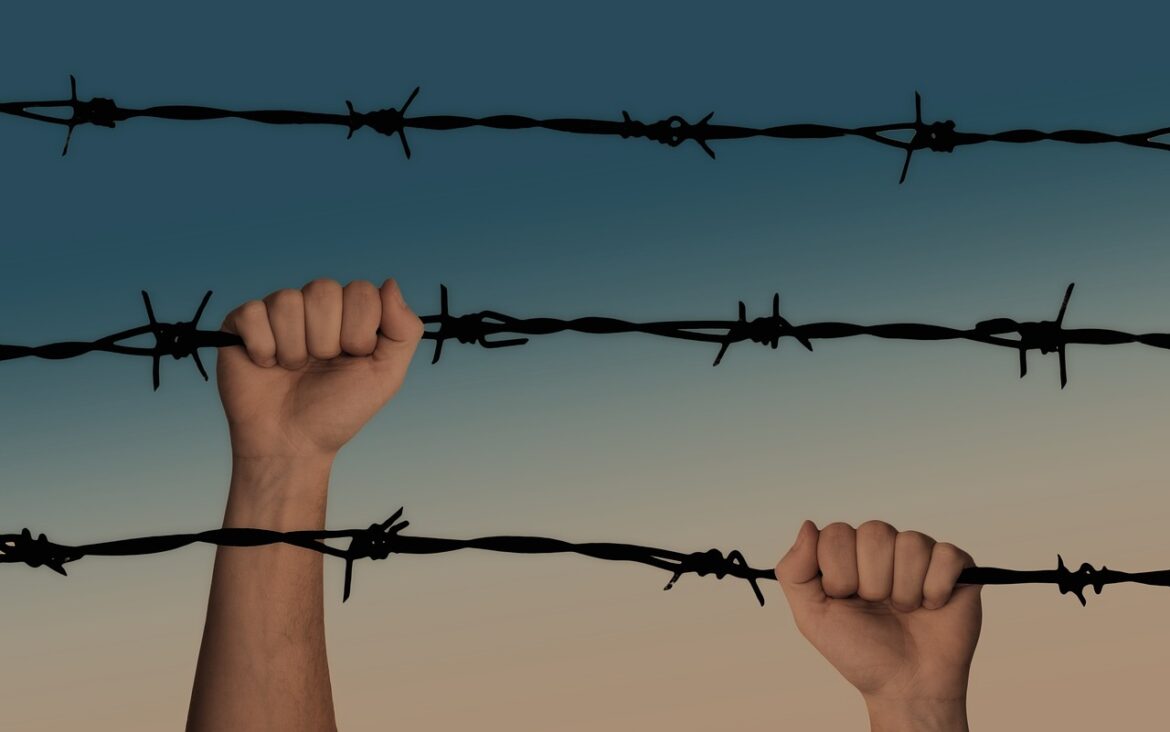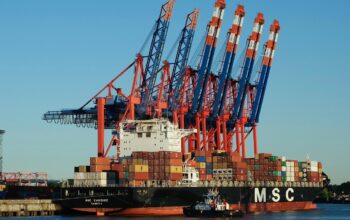Introduction: The Supply Chain Rollercoaster of 2025
2025 has proven to be a wild ride for supply chains worldwide — think of it as a rollercoaster mixing high-tech thrills with sudden shocks and constant adjustments. For businesses and retailers, it’s less about smooth sailing and more about how quickly they can pivot and innovate. Let’s unpack some real-world stories and trends shaking up this critical industry.
1. Betting Big on Innovation — Robots, AI, and Smarter Workforces
Retailers and supply chain pros are opening their wallets wide for innovation this year. One in four companies now boasts innovation budgets of at least $500,000, and almost 40% have boosted their budgets compared to last year. Why? To tackle tricky issues like inflation and labor shortages.
Automation is the headline act, with physical robots and autonomous equipment stepping in to ease workforce pinch points. But it’s not just machines on the ground — artificial intelligence is becoming the brains behind warehouse operations. Imagine AI tracking demand in real time then making sure the right number of hands are on deck exactly when and where needed. This isn’t sci-fi; it’s happening now and already boosting productivity and safety.
2. The 2025 Tariff Shock That Rattled Global Trade
Picture this: massive tariff hikes rolled out in rapid succession, then partly reversed, then reinstated again in just months. This whirlwind of trade policy upheaval — the biggest in the U.S. since the 1930s — threw global supply chains into chaos. Businesses scrambled, juggling multiple sourcing plans simultaneously just to keep products moving.
Experts at Michigan State University unveiled a new way to look at these disruptions, factoring in the high costs companies face adjusting on the fly, negotiating deals, or missing market timing. The takeaway? Uncertainty is more than a headache — it reshapes how companies strategize sourcing, production, and pricing in real time.
3. Mapping the Maze — How to Get a Clearer View of Your Supply Chain
Almost three-quarters of businesses have faced sudden supply disruptions in just one year — many because they didn’t have a clear map of their entire supply chain. Mapping is now a vital tool, revealing weak links like single-source dependencies or hidden bottlenecks.
Experts suggest a simple process: set goals, collect critical data from suppliers and logistics, visualize every link in the chain, spot the risks, improve the design, and keep the map fresh with quarterly updates. Think of it as creating a GPS for your supply chain, so you can navigate around trouble spots before they become crises.
4. AI: The New Brain of Supply Chains
Artificial intelligence is no longer just a buzzword — it’s the engine driving next-gen supply chain resilience and agility. From forecasting demand based on live consumer data to predicting disruptions before they hit, AI tools turn supply chains from reactive messes into proactive, “self-healing” systems.
A perfect example: When a supplier delay is detected, AI immediately tweaks production schedules and finds alternate vendors, all without human intervention. This shift marks a move away from “just-in-time” mentality to a more balanced approach emphasizing resilience and flexibility.
5. Resilience Over Efficiency — The New Mantra
The pandemic and geopolitical tensions have taught us a hard lesson: ultra-lean, low-cost supply chains are fragile.
Today, companies embrace multi-sourcing critical parts, nearshoring, and building inventory buffers. Tools like risk simulations and digital twins help plan for the unexpected. It’s like switching from a race car designed for speed to an all-terrain vehicle built for rough roads — slower maybe, but less likely to break down.
6. Riding the Wave of Constant Disruptions
Experts stress that disruptions are no longer rare glitches; they’re the new normal. Geopolitical tensions, climate events, labor strikes—often hitting simultaneously—create “compound disruptions.” The advice? Businesses need a new mindset that expects, absorbs, and adapts to endless shocks.
Final Thoughts: The Human Side of Complex Systems
Behind all the tech and strategies, supply chains boil down to people trying to keep goods flowing in an unpredictable world. Whether wrestling with tariff shocks or adopting cutting-edge AI, success hinges on staying agile and keeping eyes wide open.
For retailers and businesses in 2025, embracing innovation, resilience, and clear visibility isn’t optional. It’s the lifeline for thriving amid uncertainty.
Tags: Supply Innovation, Tariff Impact, AI in Warehousing, Supply Chain Resilience, Risk Management
Image: Warehouse robots and human workers collaborating
References:
- https://www.mytotalretail.com/article/2025-supply-chain-innovation-trends-how-retailers-can-capitalize/
- https://thumbwind.com/2025/07/05/2025-tariff-shock-global-trade-msu-study/
- https://packagex.io/blog
- https://www.buddymagazine.org/business/retail-media-networks-why-you-cant-ignore-them-in-2025
- https://www.supplychaintoday.com/the-next-wave-7-disruptive-supply-chain-trends-ahead/
- https://holtz.com/blog/advertising/wamu_hype_vs_reality
- https://www.exchangewire.com/blog/2025/07/03/the-future-of-media-buying-is-here-and-its-not-walled-in-by-big-tech/
- https://www.freightwaves.com/news/brace-endless-disruptions-mark-new-path-to-supply-chain-resiliency



